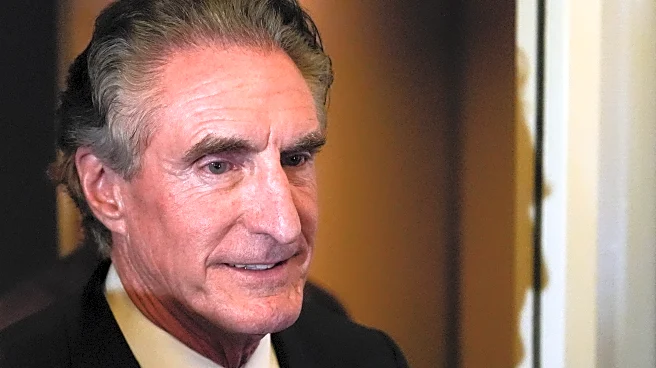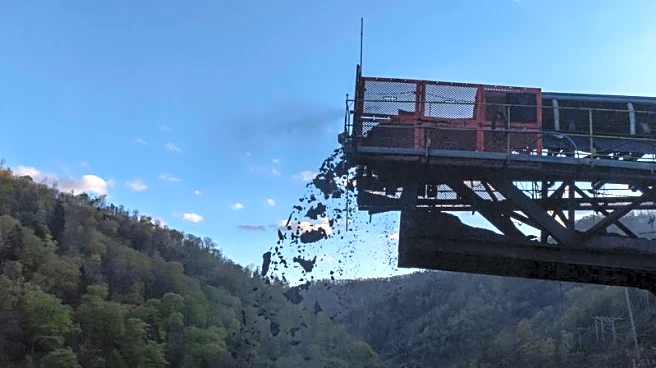What's Happening?
The Trump administration is on track to significantly reduce the workforce of the Environmental Protection Agency (EPA) by the end of 2025. According to a July 2025 press release, the EPA has already cut 23% of its personnel, equating to 3,707 employees out of 16,155. The administration's budget proposal for the fiscal year starting October 2025 suggests further reductions, aiming to cut 1,274 full-time-equivalent positions, representing a 9% decrease. These cuts are part of a broader strategy to reduce the agency's size, with estimates indicating that approximately 33% of the staff present when President Trump took office will be gone by the end of 2025. This would bring the EPA's workforce down to levels not seen since the Nixon and Ford administrations.
Why It's Important?
The reduction in EPA staff has significant implications for environmental protection and public health in the United States. The cuts could hinder the agency's ability to conduct essential research on environmental harms and health effects of chemicals, enforce pollution regulations, and manage the cleanup of toxic sites. Historically, similar reductions during the Reagan administration led to challenges in fulfilling the agency's responsibilities, resulting in scandals and eventual reversals of the cuts. The current reductions could lead to decreased government transparency and effectiveness in safeguarding the environment, potentially affecting millions of Americans.
What's Next?
The proposed cuts are subject to congressional approval, with a decision expected by the end of September 2025. If enacted, the reductions could lead to further scrutiny and potential backlash from environmental groups, public health advocates, and possibly Congress itself. The historical precedent suggests that significant public and political pressure could lead to a reevaluation of the cuts, similar to the Reagan era. The outcome will likely depend on the administration's ability to justify the reductions and manage the potential fallout from decreased environmental oversight.
Beyond the Headlines
The deeper implications of these cuts could include long-term shifts in U.S. environmental policy and regulatory approaches. The reduction in research staff may limit the EPA's capacity to innovate and adapt to emerging environmental challenges, such as climate change and pollution. Additionally, the cuts could influence the U.S.'s international standing on environmental issues, potentially affecting global cooperation on climate initiatives. The ethical considerations of prioritizing budget cuts over environmental protection may also spark broader debates about the role of government in safeguarding public health and natural resources.












